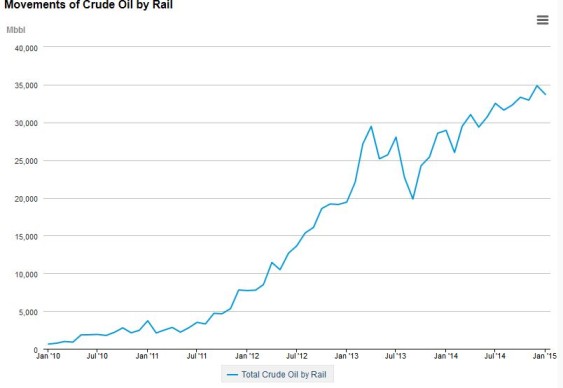Editor’s Note 8/5/2015: Want to watch Eric de Place keynote the Spokane coal export and oil train event listed below? Watch the entirety of the forum here! Enjoy the video, and share it with a friend unfamiliar with the topic.
Next week, I’ll be keynoting a pair community events in the Inland Northwest on oil trains and coal exports—a region facing an especially severe onslaught of rail traffic. Tuesday evening, I’ll join The Lands Council and other partners at Gonzaga University in Spokane, Washington. Wednesday night, I’ll be with the Idaho Conservation League and Lake Pend Oreille Waterkeeper at the Heartwood Center in Sandpoint, Idaho. Both events are free and open to the public, so if you live in the area, I hope you’ll join us and even bring along friends or family unfamiliar with the topic.












